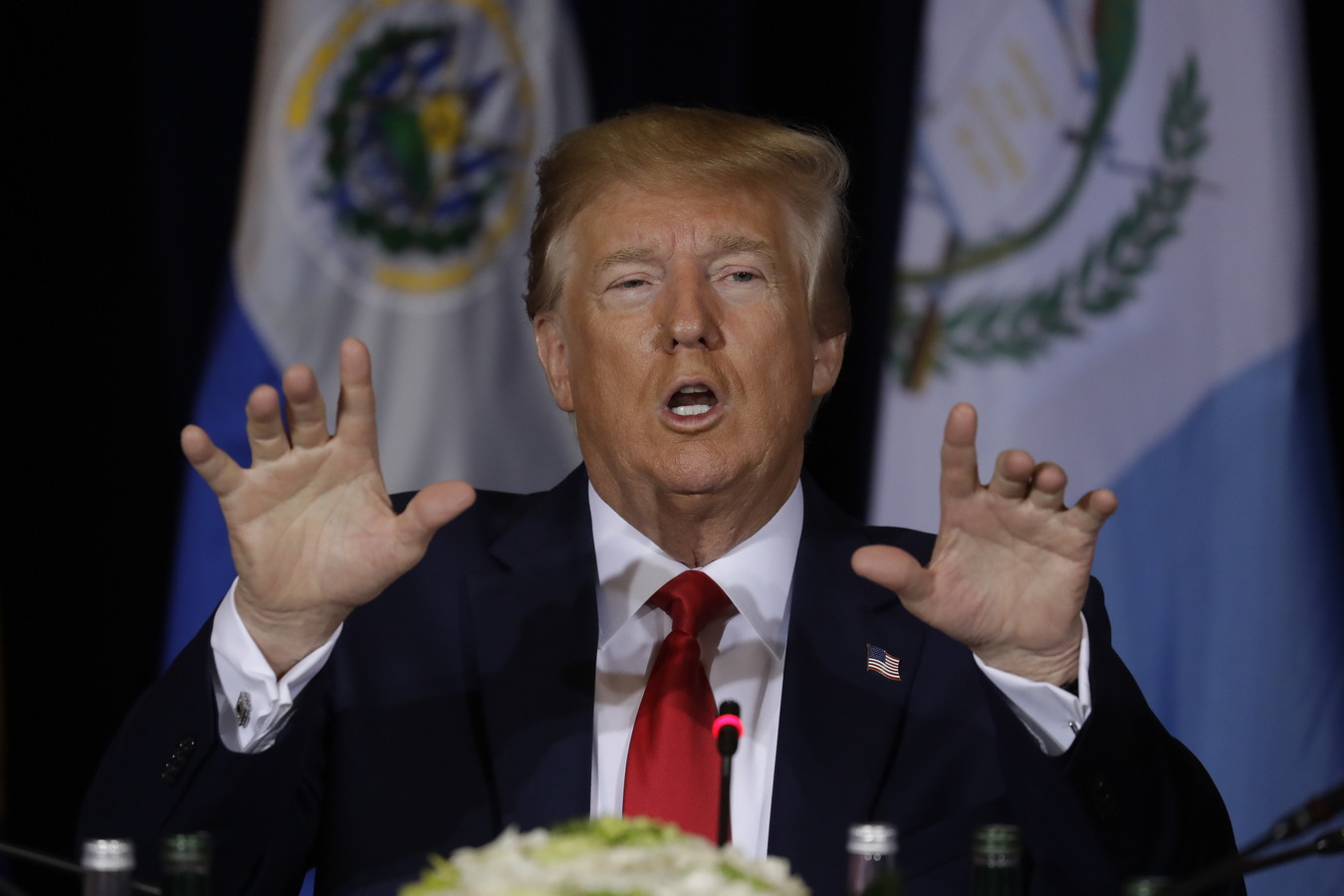Summary: How Can Immigration Reform Boost Economic Growth?
Summary: How Can Immigration Reform Boost Economic Growth?
An AS/COA panel explored the need to attract and retain talent in the United States, address market-based needs, and promote growth and competitiveness.
Panelists:
- Cristóbal Conde, Former President and CEO, SunGard
- Antonio A. Del Pino, Partner and Global Co-Chair, The Latin American Practice Group, Latham & Watkins LLP
- David Dyssegaard Kallick, Senior Fellow and Director, Immigration Research Initiative, Fiscal Policy Institute
- Kathryn Wylde, President & CEO, Partnership for New York City
- Jason Marczak, Director of Policy, Americas Society/Council of the Americas (moderator)
Summary
A March 7 AS/COA panel focused on the economic implications of immigration reform for the immigrant population and the U.S. economy. Panelists compared the current realities of the immigration system with the reforms proposed by lawmakers on both sides of the aisle. The discussion also explored the need to attract and retain talent, address market-based needs, and promote growth and competitiveness.
[[nid:49238]]
Creating a Pathway to Citizenship
As immigration reform negotiations move forward in Congress, Republicans and Democrats have debated the issue of how to address the 11.5 million undocumented immigrants currently residing in the United States. Kathryn Wylde of Partnership for New York City noted that finding a pathway to citizenship should be one of the top priorities, given that leaving workers undocumented results in untapped productivity and represents one of the largest obstacles to growth.
Cristóbal Conde of SunGard agreed that legalization will allow undocumented immigrants to optimize their contributions in the long term, including getting access to higher education and starting a business. He challenged the misconception that immigrants are a drain on public resources, arguing that most immigrants—regardless of their status—work, pay taxes, and support crucial safety nets like social security. David Kallick of the Fiscal Policy Institute added that although a pathway to citizenship is controversial, it provides a practical solution to meet the United States’ business needs. By “wiping the slate clean,” Kallick explained, the U.S. government will spend less time enforcing complex and outdated immigration laws and businesses won’t waste resources adhering to those regulations.
The Need for Sensible Enforcement
The panel also explored methods for improving enforcement of immigration laws. Conde noted that the current system reduces the incentive for businesses to hire, due to the punitive consequences for contracting an undocumented immigrant, even unknowingly. He explained that if current immigration laws had been in place when he first came to the United States, he would have started his business elsewhere—likely in his home country of Chile, which is becoming a technology hub. Wylde added that a pathway to citizenship that proves responsive to labor market needs will make it easier to comply with enforcement standards. Antonio Del Pino of Latham & Watkins LLP agreed that a rational, market-based system like Canada’s facilitates enforcement by creating a legal mechanism to bring people to fill specific job gaps.
Conde cautioned against the unintended economic consequences of restrictive immigration legislation. When he was CEO of SunGard, the company significantly scaled back their operations in Arizona and Alabama, due to the environment created by strict immigration laws.
Attracting High-Skilled Labor
Immigrants come from across the world to earn advanced degrees at U.S. universities, but as they graduate and become professionals or entrepreneurs, visa laws make it difficult for them to stay. Jason Marczak noted that the future of long-term U.S. competitiveness depends on the ability to attract and retain talented individuals—both high-skilled and “essential-hands.” Wylde argued that other countries, including some in the Western Hemisphere, are outpacing the United States in this respect. In addition, he noted that businesses are increasingly transferring operations to countries with less complex immigration systems.
Conde agreed, saying that while the United States is a global leader in innovation, it will not retain its competitive edge if it continues on the current path. At SunGuard alone, there were 3,000 competitive job openings that were unfilled at one point, due in part to the difficulty of obtaining work visas for qualified immigrants. Del Pino added that because parts of Latin America outpaced the United States in post-recession economic growth, there is increased competition for talent in countries such as Brazil and Mexico.
The highly skilled immigrants who do manage to stay in the United States are often the driving force behind the country’s growing cities, Kallick said. He cited a 2009 Foreign Policy Institute study that found that more than half of immigrants living in the largest 25 metropolitan areas in the United States identified as white-collar workers.
Comprehensive Reform and U.S. Competitiveness
Panelists noted that immigration reform offers an opportunity to address the United States’ lagging economic competitiveness, and failing to pass reform could have a long-term impact. They agreed that the top priorities for such legislation includes a pathway to citizenship; enforcement that works in tandem with labor market needs; adjusting visa quotas; and changing regulations to reflect demand and retain top talent. The panelists were optimistic that immigration reform legislation will pass, given the momentum in Congress and the White House in support of such an overhaul.








